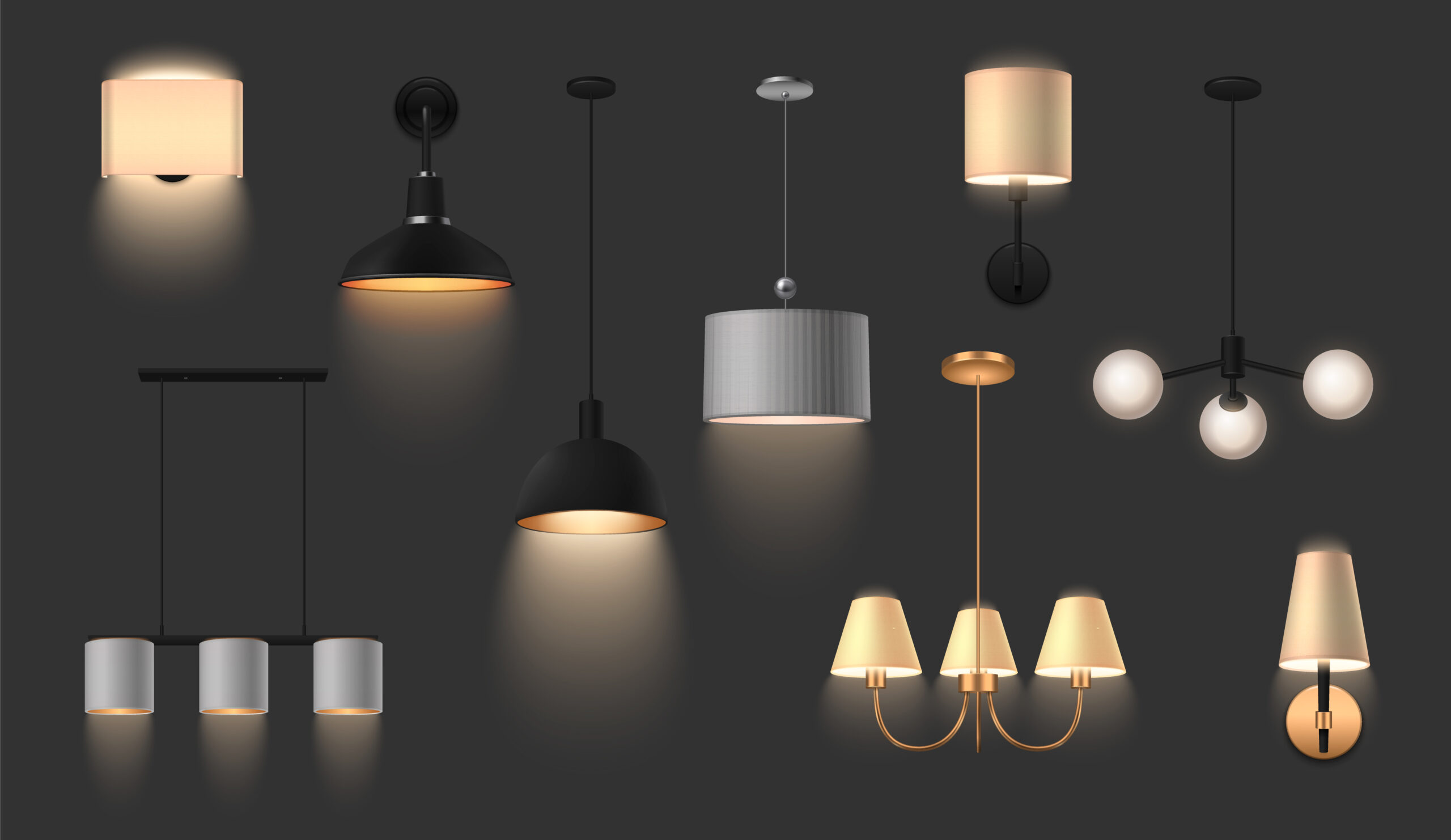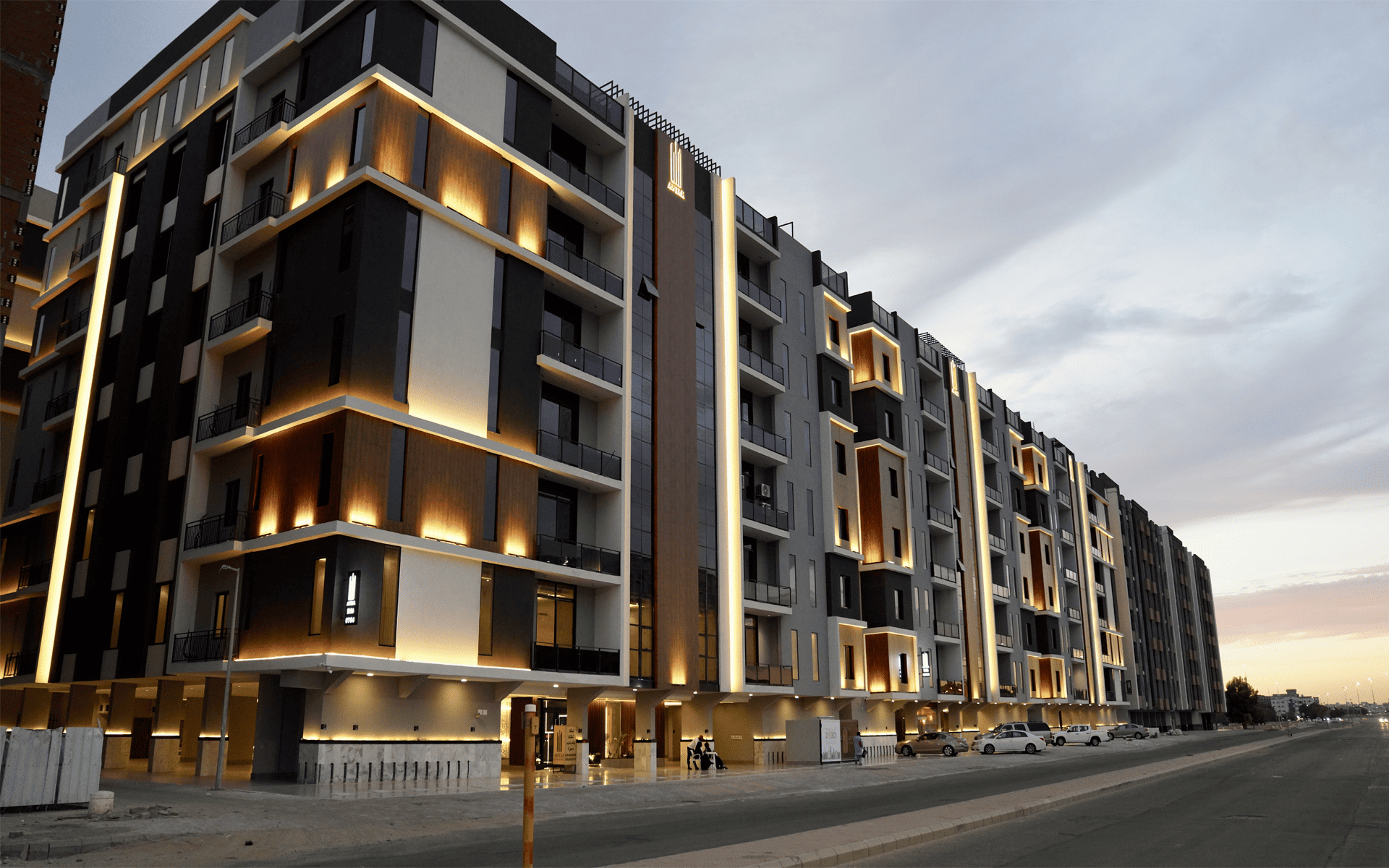Types of Lighting: General, Task & Accent + Smart Tips
What Are the Types of Lighting?
When we talk about the types of lighting in homes and offices, we mean the lighting layers that build visual comfort and efficiency: a layer for general illumination, a task lighting layer for specific activities, and a directional layer to highlight aesthetics. Understanding these layers simplifies purchase and installation decisions and makes lighting in interior design more effective and energy-balanced.
General Lighting
General lighting forms the base of the lighting scene; it provides uniform brightness for movement and safety while reducing harsh shadows. It is typically achieved through ceiling downlights, flat LED panels, or indirect cove lighting that softens glare—this is the cornerstone of any balanced lighting plan.
Advantages of General Lighting
Before listing the points, remember this layer isn’t decorative—it is for everyday visual comfort. Here are the key practical benefits:
- Uniform coverage across the space and better balance between walls and ceiling.
- Less reliance on overly localized sources that may cause glare.
- A flexible base upon which other layers (task and accent) are built.
Examples of General Lighting
Real-world examples help visualize proper execution in Saudi homes:
- Flat LED panels in living rooms with medium ceiling heights.
- Indirect LED cove lighting in majlis and open lounges.
- Wide-beam recessed downlights for corridors.
Task Lighting
The goal of task lighting is to direct light to a specific activity without raising the overall intensity of the entire room. This achieves higher precision and better eye comfort, especially in kitchens, home offices, and reading nooks.
Advantages of Task Lighting
Before the bullets, note that this layer saves energy by placing light only where it’s needed:
- Improves visual accuracy on work surfaces.
- Reduces shadows above sinks, cutting boards, and desks.
- Flexible dimming and aiming according to the activity.
Examples of Task Lighting
Common, practical examples within home lighting plans:
- LED strips under kitchen cabinets to light countertops.
- Adjustable-arm desk lamps with a narrow beam angle.
- Aimed spotlight over a reading chair or vanity table.
Directional (Accent) Lighting
Directional or accent lighting highlights an architectural or decorative element and adds depth and layers to the scene. Its presence elevates the design even with simple furniture.
Advantages of Directional Lighting
Before listing, keep in mind accenting is not just “strong light”—it requires precision in direction and intensity:
- Highlights textures, artwork, and feature walls.
- Creates gentle shadow gradients that enhance perceived depth.
- Forms visual focal points that guide the eye and give the space identity.
Examples of Directional Lighting
These are common and easy to implement:
- Tilted spotlights aimed at a stone wall or artwork.
- Shelf lighting in bookcases with graded brightness.
- Wall washers to eliminate harsh shadows.
Smart Lighting
Smart lighting is not a tech luxury; it’s a management approach for all lighting types. With schedules, dimming, motion and daylight sensors, lighting becomes more comfortable and less energy-intensive.
Advantages of Smart Lighting
Before the list, imagine your day flowing through preset scenes with no manual effort:
- Precise dimming and schedules that run automatically by time.
- Sensors that lower intensity when natural daylight is available.
- Multiple scenes (work/reading/hosting/relax) at the push of a button.
Examples of Smart Lighting
Practical applications that show its value at home:
- Task lights auto-activating when entering the kitchen at night.
- Lowering general light and boosting accent light during hosting.
- Morning wake-up with gradual neutral light instead of a sudden flash.
Impact of Lighting on Interior Design
The types of lighting interact with colors, materials, and space planning to create a unified experience. Any paint or furniture decision should consider the light’s color and spread to avoid glare or dullness.
Paint Colors
Before the tips, remember that light, matte surfaces reflect light without annoying reflections:
- Light paint distributes brightness and reduces the need to raise intensity.
- High-gloss finishes may cause sparkle and glare—use sparingly.
- Light color temperature changes color perception: warm deepens wood and beige; neutral reveals details; cool emphasizes precision.
Furniture
The effect doesn’t stop at walls—furniture changes light paths and reflections:
- Natural surfaces (wood/fabrics) reduce glare compared with glossy glass.
- Light fabrics support general lighting, while dark ones often need extra task light.
- Position furniture away from direct sources to limit long shadows.
Tips for Choosing the Right Artificial Lighting
This section focuses on application: how to choose artificial sources, their placement, beam angle, and intensity to match real use. Here’s a simple framework that starts with layered distribution, then ends with color temperature and brightness.
Lighting Distribution
Before looking at products, define the “levels” where light will operate in the room, then pick the right tool for each level. For more on selecting the proper Kelvin for each level and its visual impact, see the specialized guide:
https://sa.aqar.fm/blog/الديكور/درجات-الإضاءة-كيف-تختار-الكالفن-المنا/
Simple layered distribution table
| Level | Visual goal | Common tools |
|---|---|---|
| Ceiling | Soft general illumination | Indirect LED cove, panels, downlights |
| Walls | Reduce shadows & highlight texture | Wall washers, aimed spots |
| Floor | Safe movement & calm at night | Floor path lights, low-level bases |
Selecting the Right Light Level (CCT)
Before the recommendations, keep in mind the “best” choice depends on function, eye comfort, and the room’s colors. After this note, the following summary helps you decide. For a hands-on layered plan, see:
https://sa.aqar.fm/blog/الديكور/توزيع-الإنارة/
Quick reference table
| Space | Suggested CCT | Brightness/Design notes |
|---|---|---|
| Living room | 2700–3000K (warm) | Soft cove + wall accents |
| Kitchen | 3500–4000K (neutral) | Under-cabinet task + clear general light |
| Home office | 3500–4000K (neutral) | Task light focused on the work surface |
| Workshop/Garage | 5000–6500K (cool) | Even distribution to avoid shadows |
| Bedroom | 2700–3000K (warm) | Gradual dimming before sleep |
Conclusion
In short, the lighting types work as a team: general lighting for comfortable brightness, task lighting where activities happen, and directional lighting for a refined visual signature—while smart lighting makes transitions between scenes automatic and efficient. Start by defining the function, then layer the levels, and finally select the right Kelvin for each space to achieve a practical and aesthetically balanced design.
FAQs
What are the three core layers within the types of lighting?
They are: general lighting for uniform brightness, task lighting for precise activities, and directional lighting to highlight decorative elements. Combining them delivers the best results in lighting for interior design.
How do I choose between warm, neutral, and cool lighting?
Use warm (2700–3000K) for relaxation in living rooms and bedrooms, neutral (3500–4000K) for kitchens and offices for clarity and balance, and cool (up to 6500K) for precise tasks or service areas.
What are the advantages of smart lighting versus traditional systems?
Smart lighting offers precise dimming, automated schedules, and motion/daylight sensors, improving comfort and lowering energy use compared to limited manual control in traditional systems.
Should I just increase ceiling brightness if a room feels dark?
Not always; add task lighting over work or reading areas, improve layer distribution, and choose a suitable Kelvin along with reflective wall paints.
Where can I learn more about Kelvin selection and lighting distribution?
For color temperature and how to choose the right Kelvin:
https://sa.aqar.fm/blog/الديكور/درجات-الإضاءة-كيف-تختار-الكالفن-المنا/
And for step-by-step layered distribution at home:
https://sa.aqar.fm/blog/الديكور/توزيع-الإنارة/








